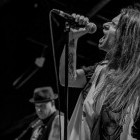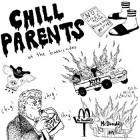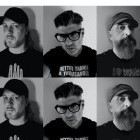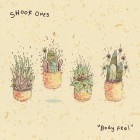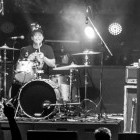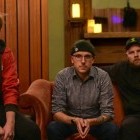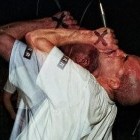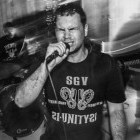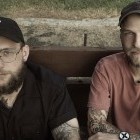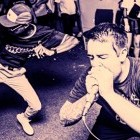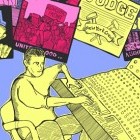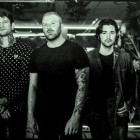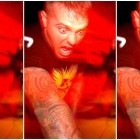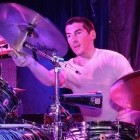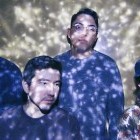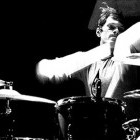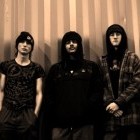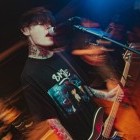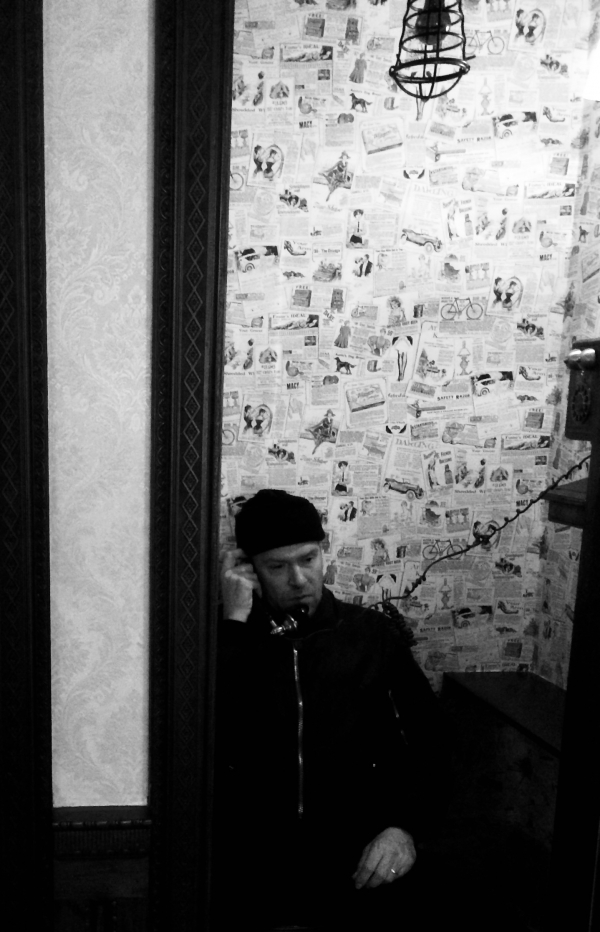
Glenn Maryansky is a talented musician and designer who some of you might know from his time in the bands Another Wall, Antarctica, Blacklist, Cult of Youth, and Tiers. In addition to that, he's also a photographer who has captured some of the best bands from the '90s hardcore and punk scenes. Since I started profiling photograpers on the site last year, Glenn was one of the folks that I wanted to include in the series, so it's an honor to have him finally join the Photographer Spotlight club.
Where were you born and raised, and were your parents into the arts?
I was born in Augsburg, Germany on an Army base in 1971, my father was stationed there during the Vietnam war. About a year and a half later we moved back to the US and settled in Connecticut.
My parents always encouraged me to be artistic, even though I wouldn’t say they were particularly into art. I really took it upon myself to make it something more than just a hobby, which caused a little bit of friction when I told my parents I was going to art school or not going to college at all. Even though I was winning awards for art in high school, I think there was this underlying idea that there wasn’t much of a future in it, or at least a stable one. That said, I ended up going to SVA in New York City where I majored in photography for one year before switching to graphic design.
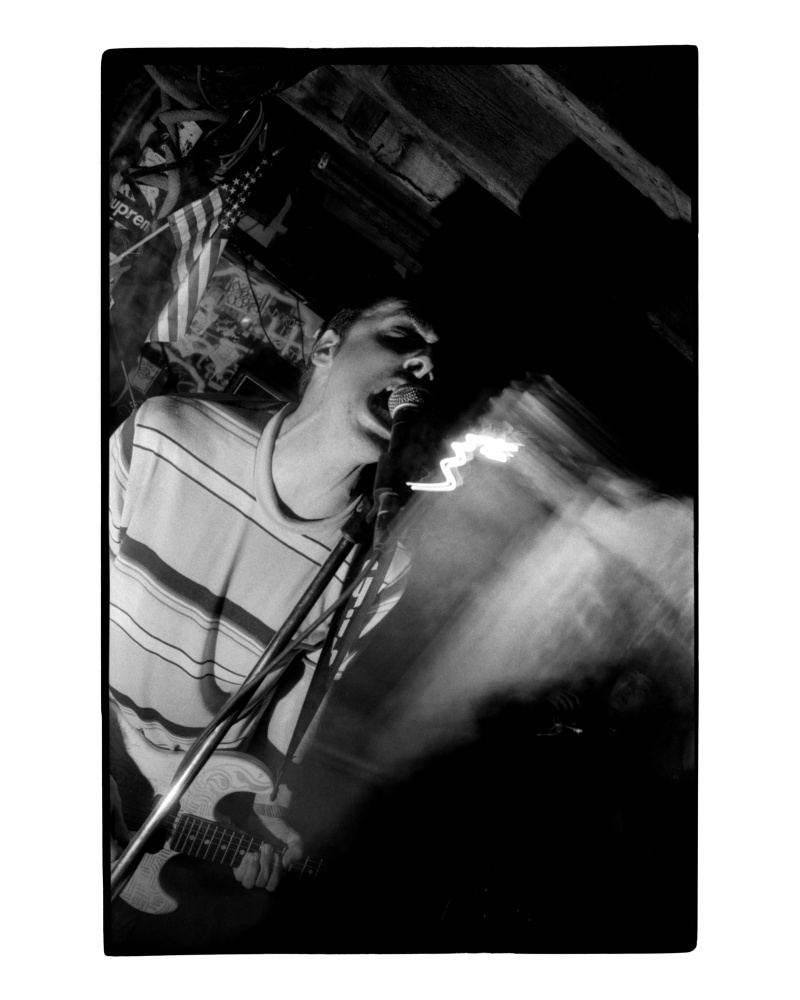
What came first, your love for music, or your love for photography?
I would have to say music. Although, for me music has always been more than just sound coming out of speakers. It’s the whole package - either live or recorded it’s as much a visual experience as it is an aural one. Even when I went to my first concert at 11-years-old (Van Halen Diver Down tour!), I snuck my mom’s shitty Kodak Disc Camera.
I think this is why I moved to graphic design as a career. I had already learned what I needed to learn about the kind of photographs I wanted to take and knew commercial photography was not for me and became much more interested in how photography and typography work together. I think this all stemmed from staring at album covers as a kid. Along with the actual vinyl, the photos, logos and design all made this amazing piece of art that anyone could own. That awe still consumes me on a daily basis.
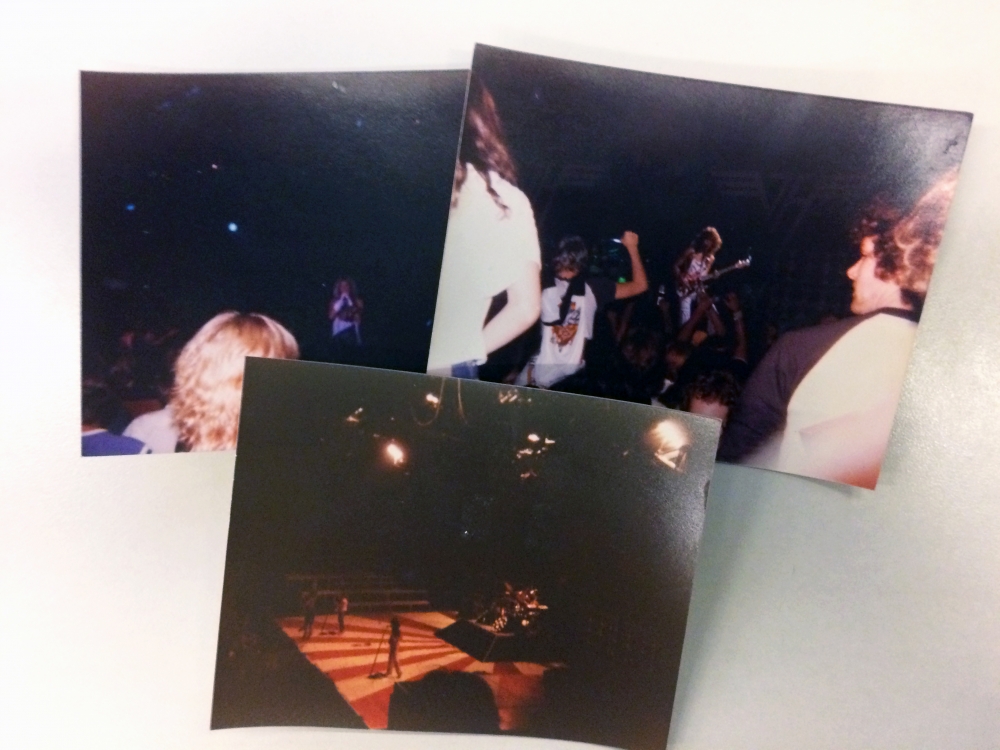
How did you discover hardcore/punk?
Wow, that’s a tough one. I guess it started how it typically does for someone my age who grew up on FM radio in the 1980s and continually seeking out the thing that nobody knew about. There was the natural progression from bands like Van Halen to Iron Maiden to Suicidal Tendencies but also at the same time growing up in Connecticut we could get some NY radio stations like KISS FM who were playing early hip hop and electro and WLIR which was the alternative station on Long Island that played bands like Depeche Mode and Soft Cell before they ever had hits. So, I was into all of these kind of under the radar subcultures that I found fascinating but it wasn’t until I discovered the New Haven University radio station 88.7 WNHU one night in I’d say 1985 that I really went down the rabbit hole. They had the most amazing programming, which is to say they played whatever they wanted, uncensored. This is where I truly heard punk for the first time, along with goth/postpunk and dub. I still have dozens of tapes I recorded of these shows.
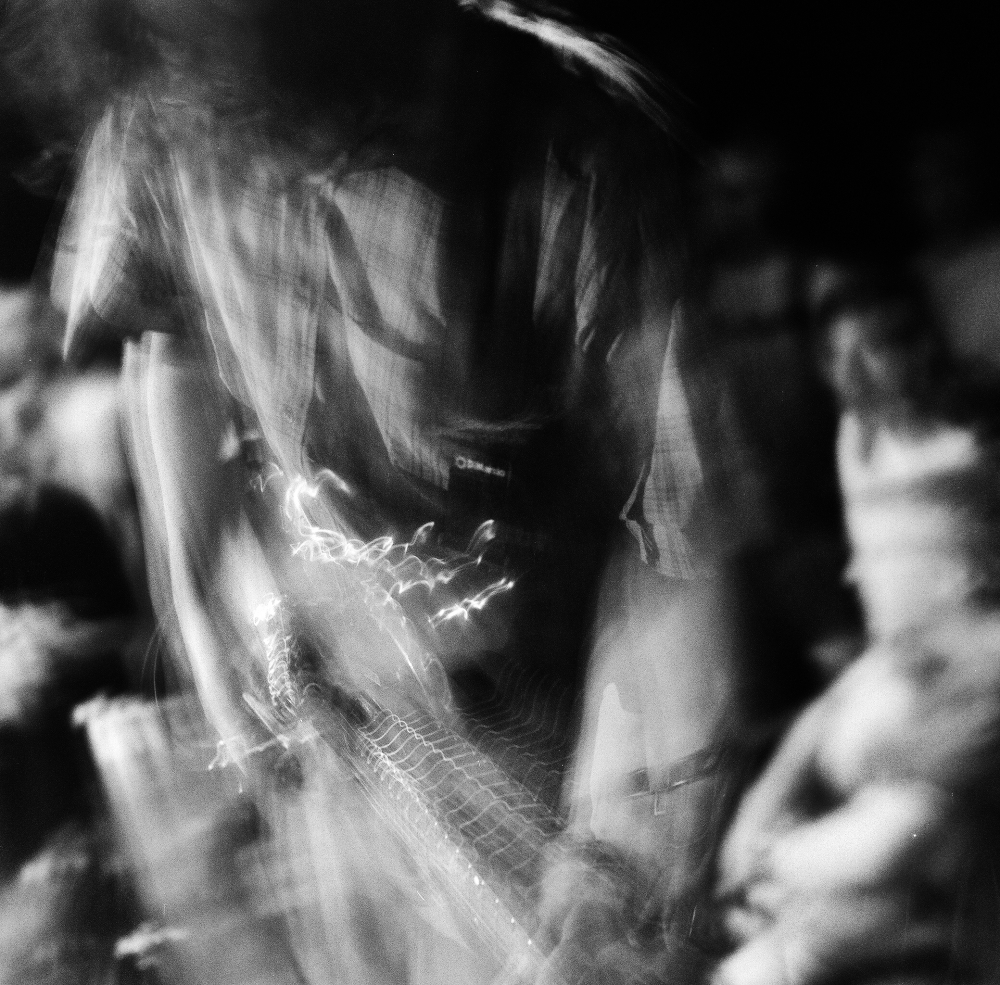
Who were some of the photographers you looked up to during your formative years? Were there any music-related photographers you followed?
Hmm... I suppose when I first started shooting bands it really wan’t from an artistic standpoint. It was more a document of something happening, the idea of being able to be so close to these bands was something that never seemed attainable looking at a Metallica record. I think it was part of the DIY punk ethos and feeling a need to capture all of this energy. I think once band photography became something I did fairly regularly I was mostly inspired by my peers, since we were all shooting the same shows, learning how to do the slow shutter blurry light thing. We were pushing each other to be more artistic in our approach to taking photos. These people would have been Mark Beemer, Tim Owen, Chris Tolliver, Adam Tanner, Joshua Wildman and my brother, Brian.
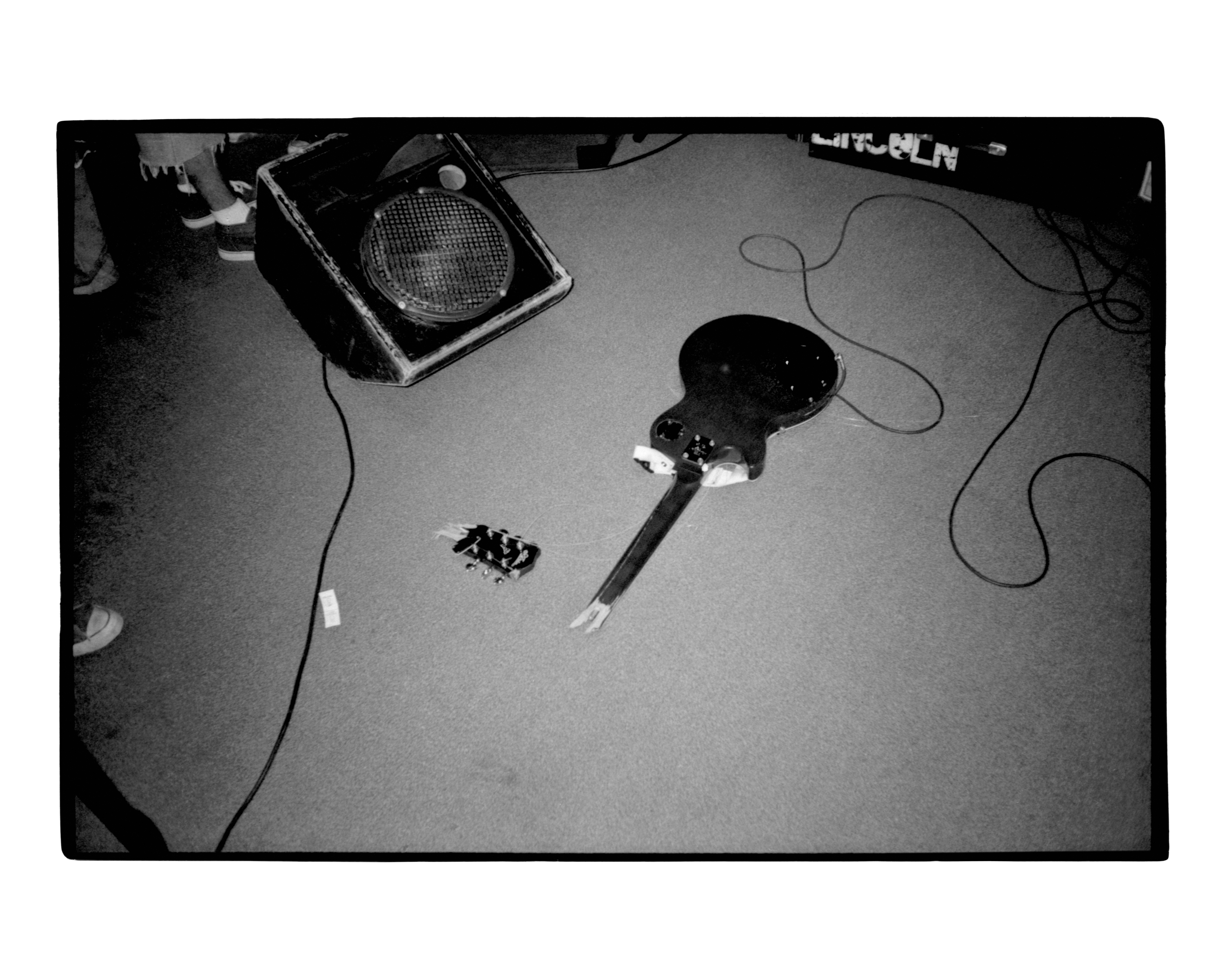
What is your camera and post set up?
When I first started I used a Minolta SLR that I kinda permanently borrowed from my dad with a wide angle adapter I rigged on to a 50mm lens. The camera I’ve used most shooting bands is this amazing point and shoot that Nikon made for a short period of time called the LiteTouch which has a 28mm fixed lens and a slow shutter. It’s basically made for shooting live bands. Every one of our little crew had one in their pocket or bag at all times. I still have two of them. I hate to say it but at this point I mainly use my iPhone, though I have recently been shooting film again with the Nikon LiteTouch.
For post I use Photoshop for adjusting exposure/contrast and spotting.
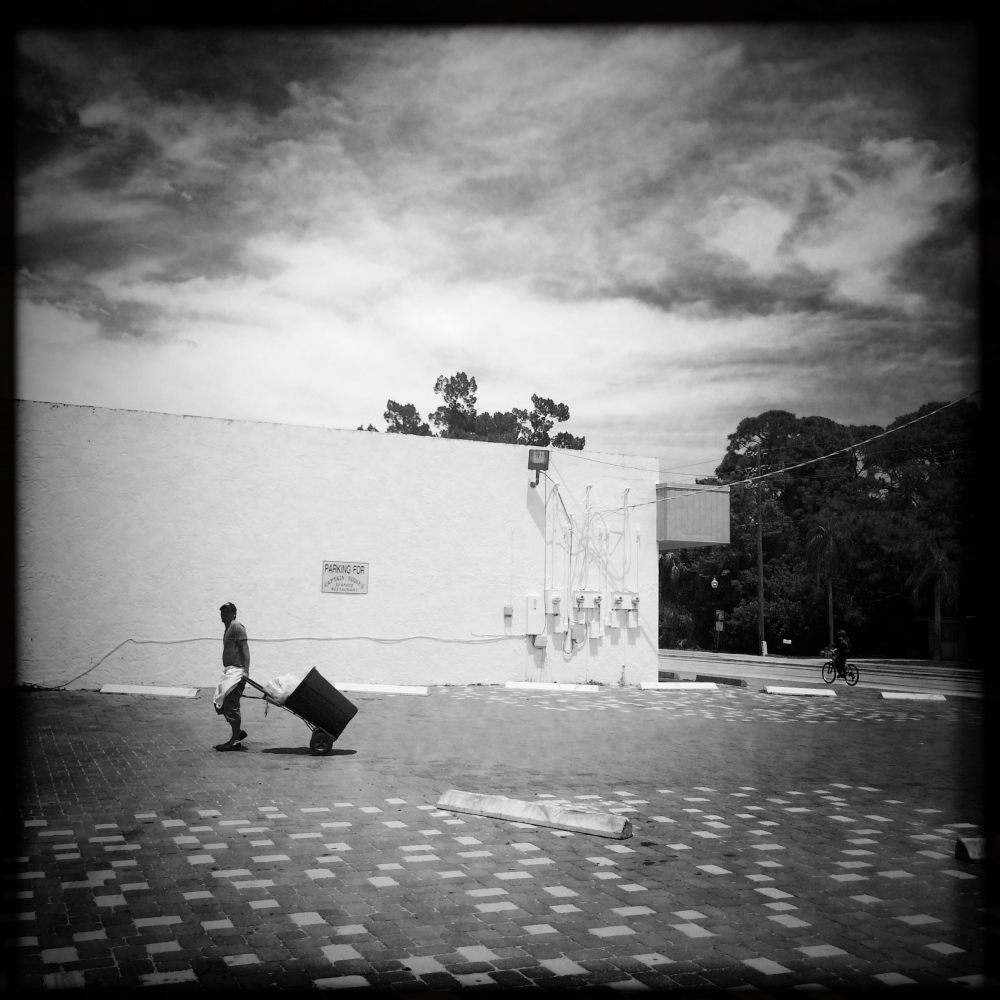
Who are some of your favorite bands to shoot?
Oh man… I currently really enjoy shooting Dead Leaf Echo, who are a shoegaze/dreampop band from NYC. They put on an amazing show. I really don’t go to shows much these days with the sole purpose of shooting photos. I don’t go to as many shows, so it’s more for my own entertainment now. Invariably though, I’m taking photos regardless. Some of my favorites in the past were Drive Like Jehu, Heroin, Quicksand, Fugazi, Seaweed, Lungfish, Supertouch…
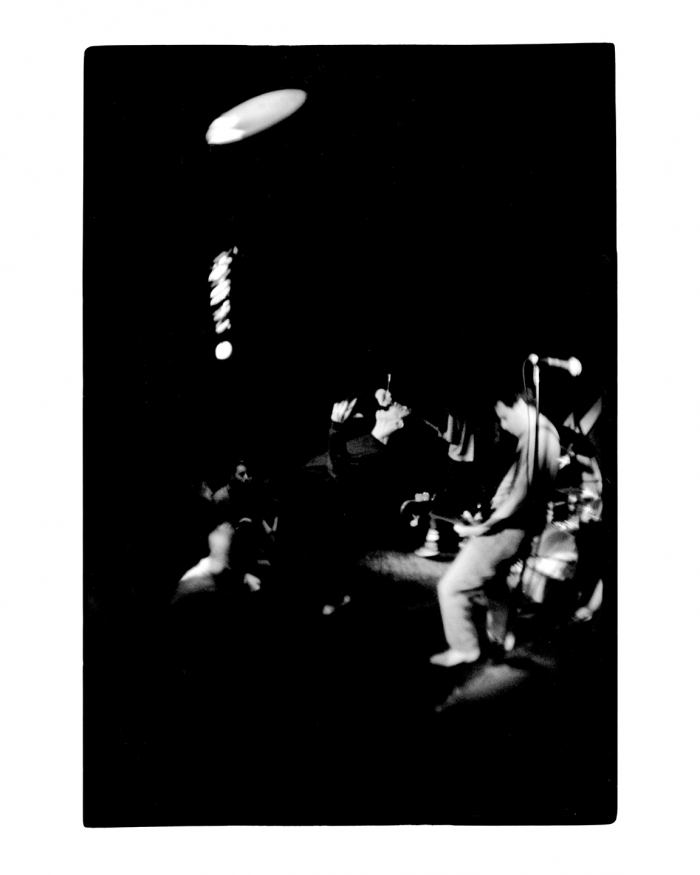
Since you’ve also played in bands, has that helped inform what you do?
I think so. Especially being a drummer. I’ve learned that if the drummer is doing something you think looks cool, chances are he or she is going to look like they’re having a stroke in the photo. I’ve seen too many unflattering photos of myself...
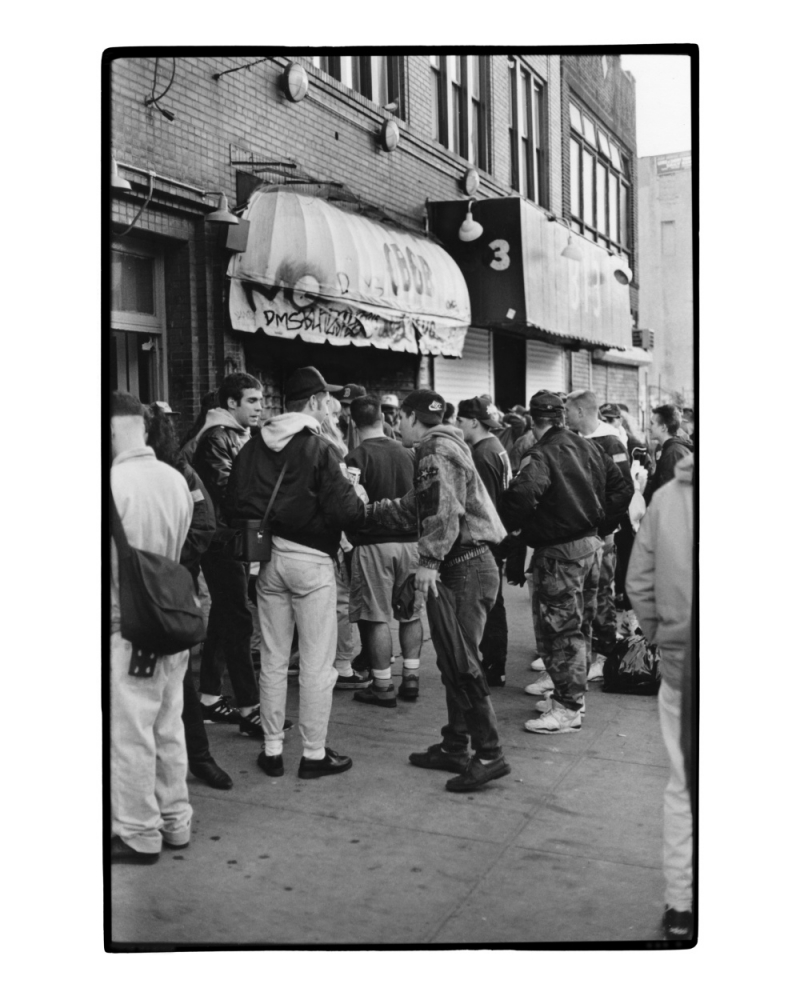
If you could go back in time, who are some bands that you would have loved to shoot?
I always regret never shooting Leeway. I must have seen them dozens of times but I was probably doing flips off the stage. I imagine you don’t see many photos of them for that reason. They were absolutely deadly live.
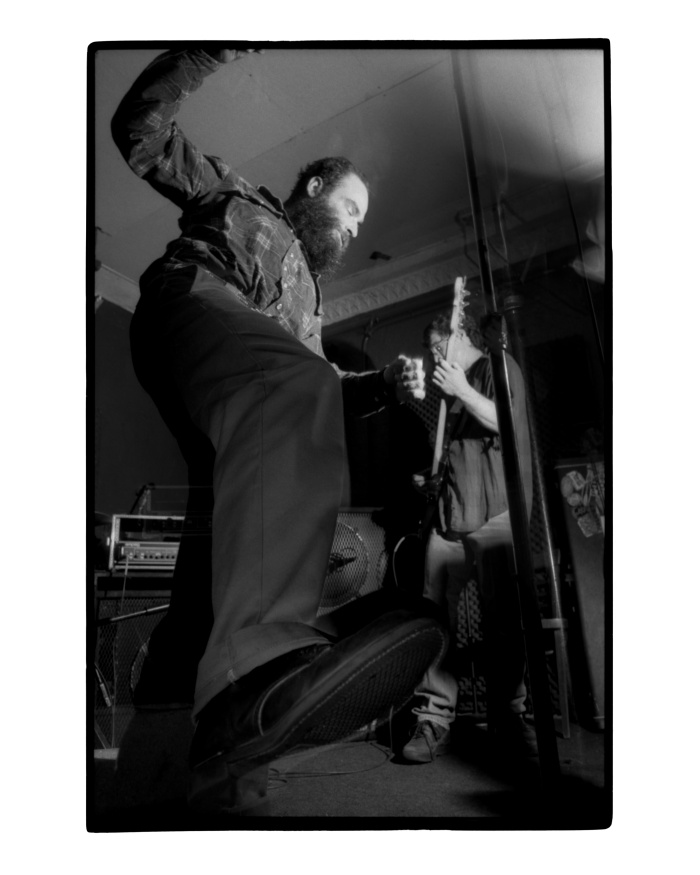
What are the toughest aspects to shooting shows?
I think just getting close enough to the band to get your shot, hopefully without being a dick. Sometimes you just gotta do what you gotta do.
Tell me about some newer bands that we should all be on the lookout for.
Well, I might no be the guy to ask. I don’t pay too close attention to much newer punk/hardcore. There are a few bands I like: Higher Power, The Eulogy, Let Rage, Washers.
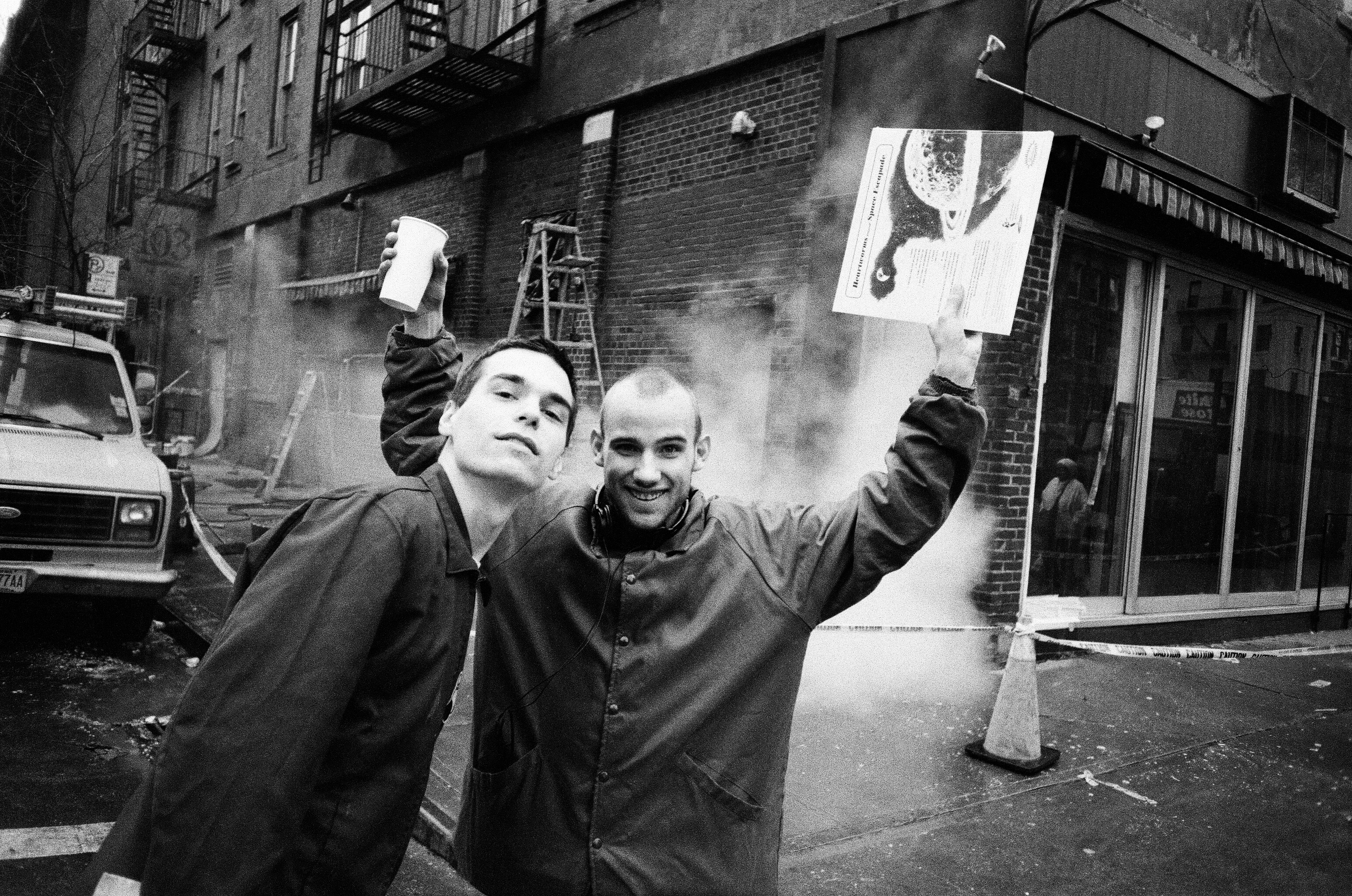
Who are some modern-day photographers that you admire?
It may sound like nepotism, but my brother, Brian is an incredible photographer. He really inspires me to step my game up on a regular basis. Jammi York has been doing great live stuff.
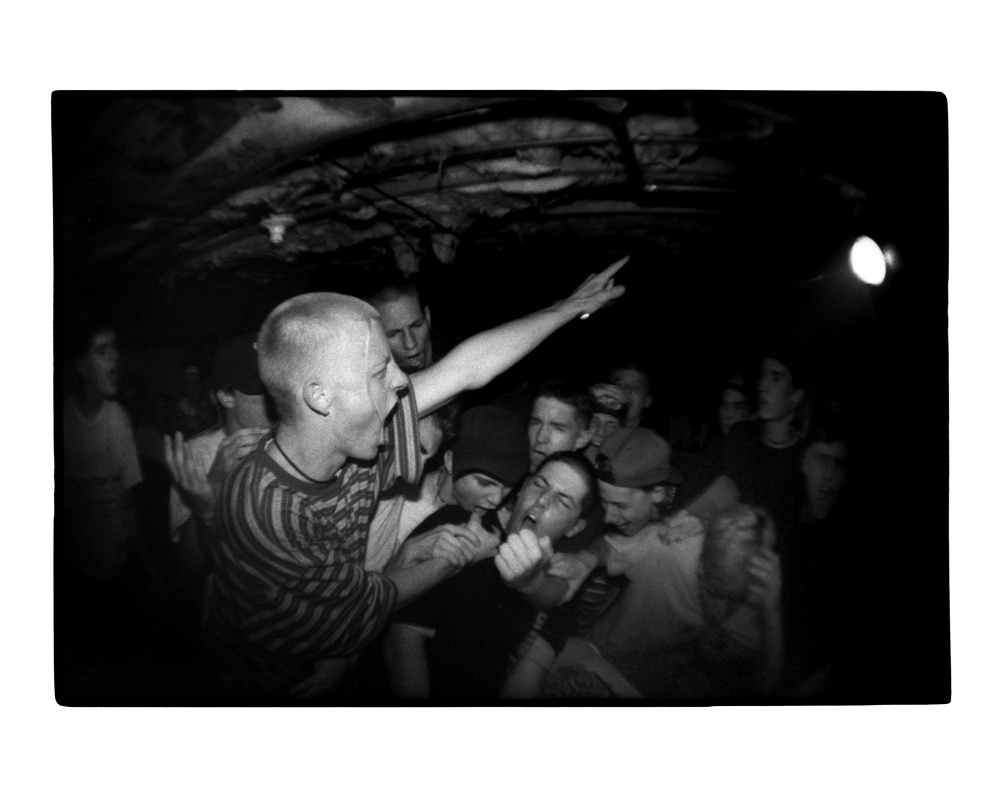
If you had to pick one of your photos that best encapsulates why you love shooting live music, which one would it by and why?
I think it would have to be the Heroin shot from ABC No Rio. To me, it’s a direct visualization of what they sound like. Pure chaos.
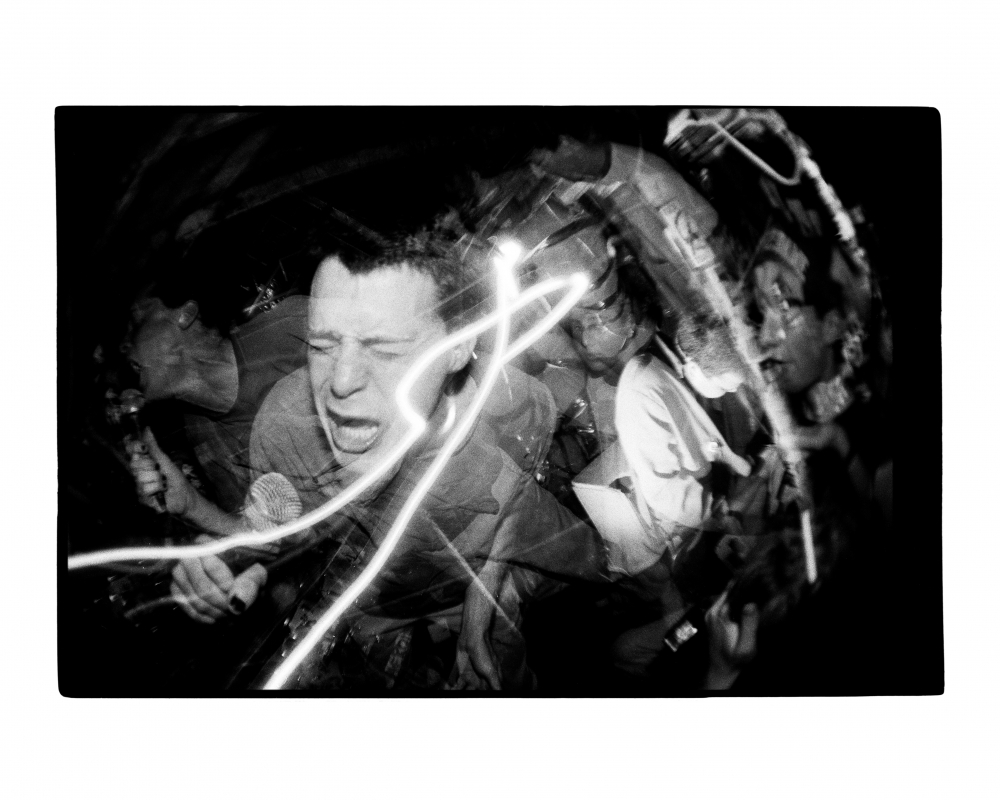
***
Follow Glenn on Instagram.
Tagged: glenn maryansky
